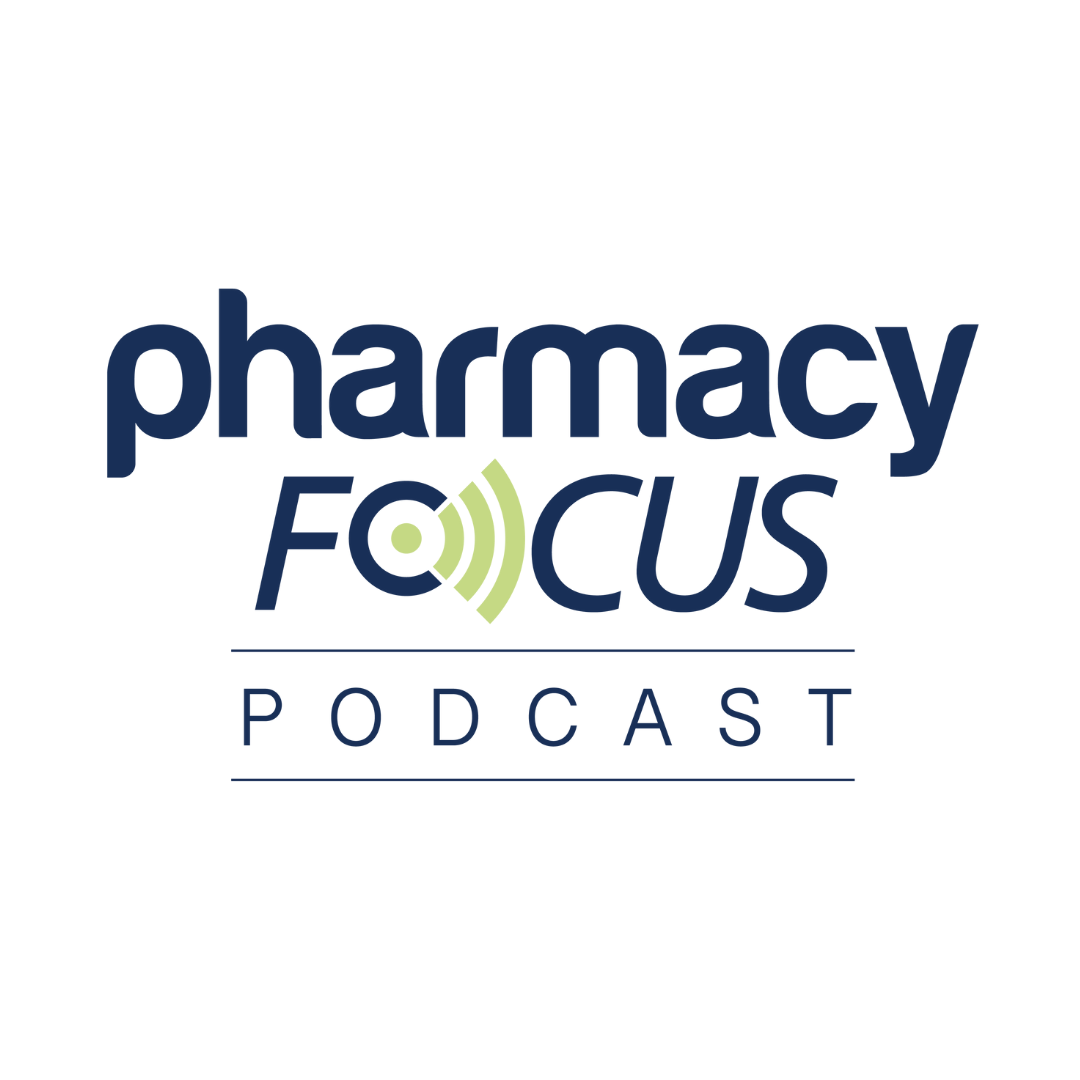News
Article
Little Association Found Between Pneumococcal Vaccination and Severe COVID-19 Outcomes in Older Adults
Author(s):
Key Takeaways
- Moderate associations were found between pneumococcal vaccination and reduced COVID-19 severity, with PCV13 recipients showing lower odds of severe outcomes.
- Mixed results were observed, with some studies finding no significant impact of pneumococcal vaccination on COVID-19 symptoms.
Patients who received a pneumococcal conjugate vaccine 13 vaccination had slightly lower incidence of severe COVID-19 outcomes, but the directions of these associations were mixed.
Little to no association is present between receiving pneumococcal conjugate vaccine 13 (PCV13) and severity of outcomes due to COVID-19 in older patients with COVID-19, according to the results of a case-control, observational study conducted by investigators and published in Vaccine: X.1
Vaccination against pneumococcal disease could aid in preventing coinfection with other respiratory diseases. | Image Credit: © Maksym Yemelyanov - stock.adobe.com

Lower respiratory tract infections (LRTIs) are a common complication of infection with Streptococcus pneumoniae, which causes significant mortality across the world. Research indicates that pneumococcus synergistically interacts with other respiratory viruses, like SARS-CoV-2, weakening a patient’s defenses against coinfection.1,2
Lewnard et al. elucidated the impact that vaccination with PCV13 and other PCVs has on the risk of COVID-19 in recipients. Results from their study indicated that patients that received PCV13 had a reduced risk of COVID-19 and severe outcomes such as hospitalization (HR: 0.68 [95% CI, .57-.83]) and mortality (HR: 0.68 [95% CI, .49-.95]), as determined by transient antibiotic exposure.1,2
Still, there has remained little consensus on the true effect of pneumococcal vaccination on LRTI outcomes, and other investigators have presented results contrary to those from Lewnard et al. One secondary analysis of a randomized controlled trial (RCT), conducted by Taks et al., did not find an association with shorter duration or lower incidence of COVID-19 symptoms in older adults. Given the variability in existing literature on the topic, the current authors initiated a case-control study to examine associations between receipts of pneumococcal vaccination and severe COVID-19 outcomes.1-3
A large population of Medicare beneficiaries aged 65 and older with a COVID-19 diagnosis was examined. Participants were differentiated between those who received PCV13 or a 23-valent pneumococcal polysaccharide vaccine (PPSV23) and those who have not. Severity of COVID-19 was categorized as non-severe, non-respiratory severe, respiratory severe, and admission to the intensive care unit. A series of logistic regression models were utilized to assess the prospective associations.1
The investigators found overall moderate associations between receiving pneumococcal vaccines and COVID-19 severity for some outcomes, with mixed directions. There were lower odds of severe outcomes among COVID-19 patients who only received PCV13 compared with unvaccinated individuals (OR: 0.91; 95% CI, 0.88-0.93). Similarly, a modest association between receiving PCV13 and requiring critical care among all COVID-19 patients and those with severe respiratory outcomes was observed.1
Furthermore, among COVID-19 patients who received both PCV13 and PPSV23 within or more than 5 years from the COVID-19 diagnosis, there were smaller, inconsistent associations found between all outcomes and vaccinations. Sensitivity analyses—employed to address potential residual confounding—evaluated the associations between the receipt of influenza vaccine or zoster (shingles) vaccine and COVID-19 severity. These analyses found weak associations between these vaccinations and progression to severe respiratory or critical care outcomes among all COVID-19 patients, with similar magnitudes to those observed for PCV13 receipt.1
Inherent limitations were present in the trial; most prominently, the observational nature of the results and potential bias introduced due to confounding, according to the study authors. Despite these, they noted that their results contribute to the increasing literature on the interplay between pneumococcal vaccination and the progression to severe COVID-19 outcomes.1
“Future investigations should prioritize identifying vaccines with potential efficacy in enhancing immune response against both heterologous and emerging pathogens,” the investigators concluded.1





